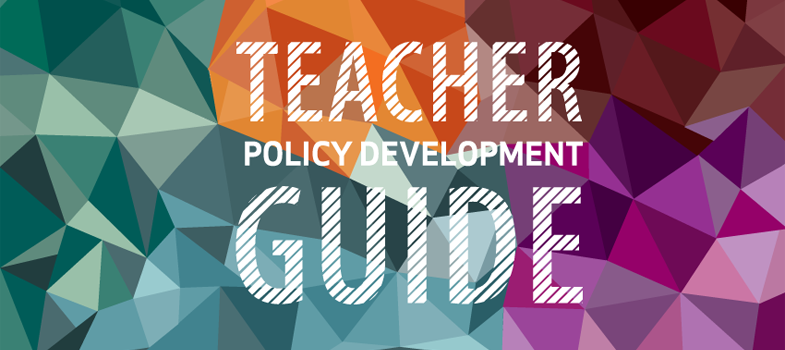Introduction
The Teacher Task Torce Teacher Policy Development Guide was developed by the International Task Force on Teachers for EFA (Teacher Task Force) in close coordination with UNESCO entities and external partners of the Teacher Task Force. The aim was to produce a tool that could help countries develop evidence-based national teacher policy.
Created in 2008 as a global partners’ alliance to fill the teacher gap, the Teacher Task Force has advocated for, and facilitated the coordination of, international efforts to provide sufficient numbers of well-qualified teachers to achieve EFA goals. The second phase of the Task Force programme (2014–2016) more specifically attempts to boost the performance and progress of education systems in addressing the critical shortage of qualified teachers to assist in achieving and monitoring the teacher-related target of the SDGs and the Education 2030 Framework for Action.
The Teacher Task Force Steering Committee, in its November 2013 meeting in Kinshasa (Democratic Republic of the Congo), required the Secretariat to initiate the development of the Guide. To launch the process, the Secretariat convened a consultation meeting with relevant UNESCO entities on 19–20 May 2014 to discuss an initial concept and an outline. Three international consultants were then hired to produce the Guide. Further substantive consultation occurred during the process of preparing the Guide, both with UNESCO entities in all regions, and with a wider range of stakeholders, including teacher policy-makers in the Asia-Pacific region, experts from international organisations, including the OECD, the World Bank and the Inter-American Development Bank, and non-governmental organisations such as Voluntary Service Overseas (VSO) International and Humana People to People.
The outcome was validated at the workshop organised in Rabat (Morocco) in December 2014, with additional inputs that the authors incorporated when submitting the final Teacher Policy Development Guide. A major recommendation of this final validation meeting was to publish both an abridged version of the document for a specific public and the full text with illustrations and country case examples for those interested in learning more on the topic while using the Guide for developing a national teacher policy.
Acknowledgements
